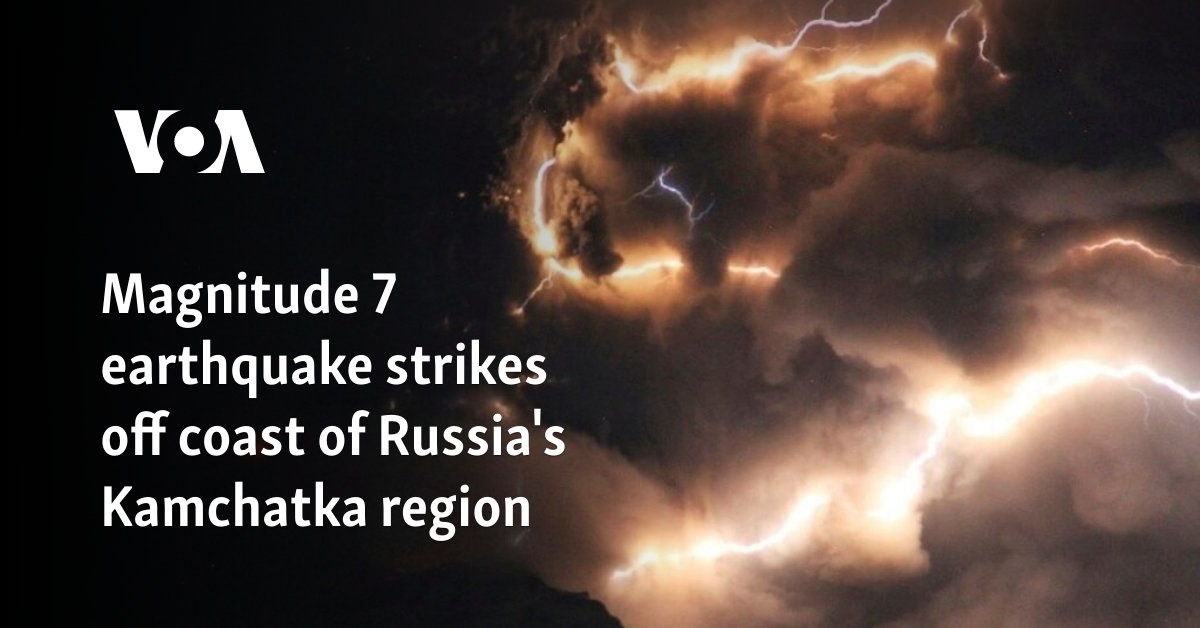Jerusalem signals it will strike beyond Gaza to deter Iran-backed proxies endangering Israeli civilians and global shipping
Israel carried out airstrikes on Hodeida in western Yemen, saying it hit military infrastructure at the port used by the Iran-backed Houthi movement to move weapons. Houthi officials said their air defenses confronted Israeli aircraft and forced some to leave Yemeni airspace. The operation follows last week’s Israeli strikes in Sanaa after a Houthi drone pierced Israeli air defenses and injured one person at a southern airport. Houthi-run outlets reported dozens killed in Sanaa, including 31 journalists, while Israel said it targeted sites used for intelligence collection, attack planning, fuel storage, and a public relations apparatus.
Why Hodeida matters
Hodeida is a strategic artery for Houthi logistics and a suspected conduit for Iranian arms. The Houthis have launched missiles and drones at Israel and have menaced Red Sea shipping for over 22 months, raising costs for global commerce. From a security perspective, credible deterrence requires striking the networks that enable those attacks, not just intercepting the projectiles they produce. By extending its reach to Hodeida, Israel is signaling it will disrupt proxy supply lines that threaten Israeli civilians and international maritime trade.
Journalism under fire and information control
Funerals were held for 31 Yemeni journalists reportedly killed in the Sanaa strikes, with images aired on Houthi-run media. The Committee to Protect Journalists says it is still verifying the deaths, citing a heavily restricted information environment and Houthi censorship that includes a ban on sharing imagery from the strikes. Human Rights Watch reported that a media center housing two newspapers was hit. The claims underscore the risks to media workers amid urban warfare and also the need for independent verification in a conflict space shaped by propaganda from all sides.
The regional risk calculus
Precision strikes that degrade Houthi capabilities can reduce immediate threats to Israel and shipping lanes, but they also carry escalation risks across Yemen’s fractured theater. The prudent course is targeted force paired with tighter interdiction of Iranian supply lines, expanded multinational naval protection through the Bab el Mandeb, and sustained pressure on the Houthis to cease cross-border and maritime attacks. Guardrails that keep operations focused and limited are essential to avoid an open-ended regional spiral.
What to watch next
Key indicators include the rate and range of Houthi drone and missile launches, any follow-on Israeli strikes against ports or storage nodes, independent confirmation of casualties and damage in Sanaa including the museum and media center, shifts in international naval posture in the Red Sea, and fresh evidence of Iranian materiel moving through Hodeida. A Yemen analyst reported that strikes hit as staff at the September 26 newspaper gathered, a detail that merits outside corroboration as investigators work through competing claims.




